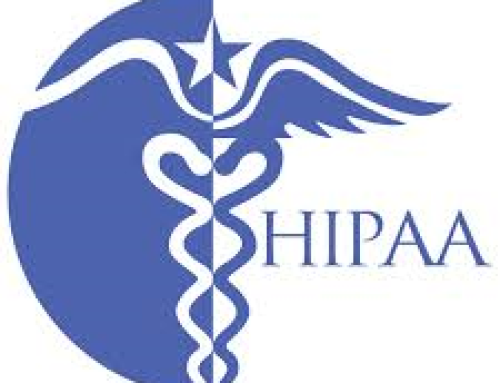In 2012, more features of the Affordable Care Act will be rolled out. The following is a list of what they are and a brief summary of them.
Accountable Care Organizations
At the beginning of the year, the Affordable Care Act began to provide a financial incentive for physicians, hospitals and health care providers that voluntarily joined together to form Accountable Care Organizations, or ACOs. These organizations coordinate care for patients with original Medicare, and, under the law, those that demonstrate improved quality and outcomes in care as well as lower costs and patient priority will share the savings with the Medicare system.
Today, more than 50 percent of Medicare patients have at least five chronic conditions, which may include diabetes, arthritis, hypertension, and kidney disease. Further, readmission rates are at crisis stage – about 30 percent of Medicare patients are back in the hospital after being discharged. ACOs have been designed to change these issues by both driving down the costs of working with multiple doctors and offering incentives to provide appropriate follow up protocols and hence to improve overall care.
Fewer disparities in health care
Depending on race, ethnicity or income level, higher incidences of certain diseases may occur, and fewer treatment options and reduced access to care and insurance could potentially exist as well. The Affordable Care Act will attempt to level the playing field by hastening data collection, funding community health centers, increasing ethnic diversity in the health care professions and, by 2014, providing affordable health insurance for everyone through insurance exchanges. The goal is to have procedures in place by March 2012.
Insurance rebates
The biggest impact from health care reform that will more than likely be felt in 2012 is the result of an initiative that began last year called the medical loss ratio, or MLR. This formula dictates health insurance companies spend at least 80 percent of their premiums on direct medical care or quality improvement, or 85 percent for large group-based plans. Those that don’t meet the mark must provide a rebate to policyholders.
Some dissenters believe that these rebates would affect the investments and programs that improve care, prevent fraud, and make the system better. However, some insurance companies are beginning to lower premiums and hold down increases ahead of this rule.
Electronic records
Healthcare is one of the few industries that is dependent on paper records. The new law introduces a series of changes that will make electronic records a reality. The streamlining of information and the reduction in non-duplication of services is expected to produce staggering savings. For instance, if a patient goes to the Emergency Department a couple of days after being seen by the primary care physician, the expense not to mention the X-ray exposure would be doubled. But not if electronic records were implemented and utilized – the information would be accessible in seconds and would ultimately help both with cost and patient safety.







